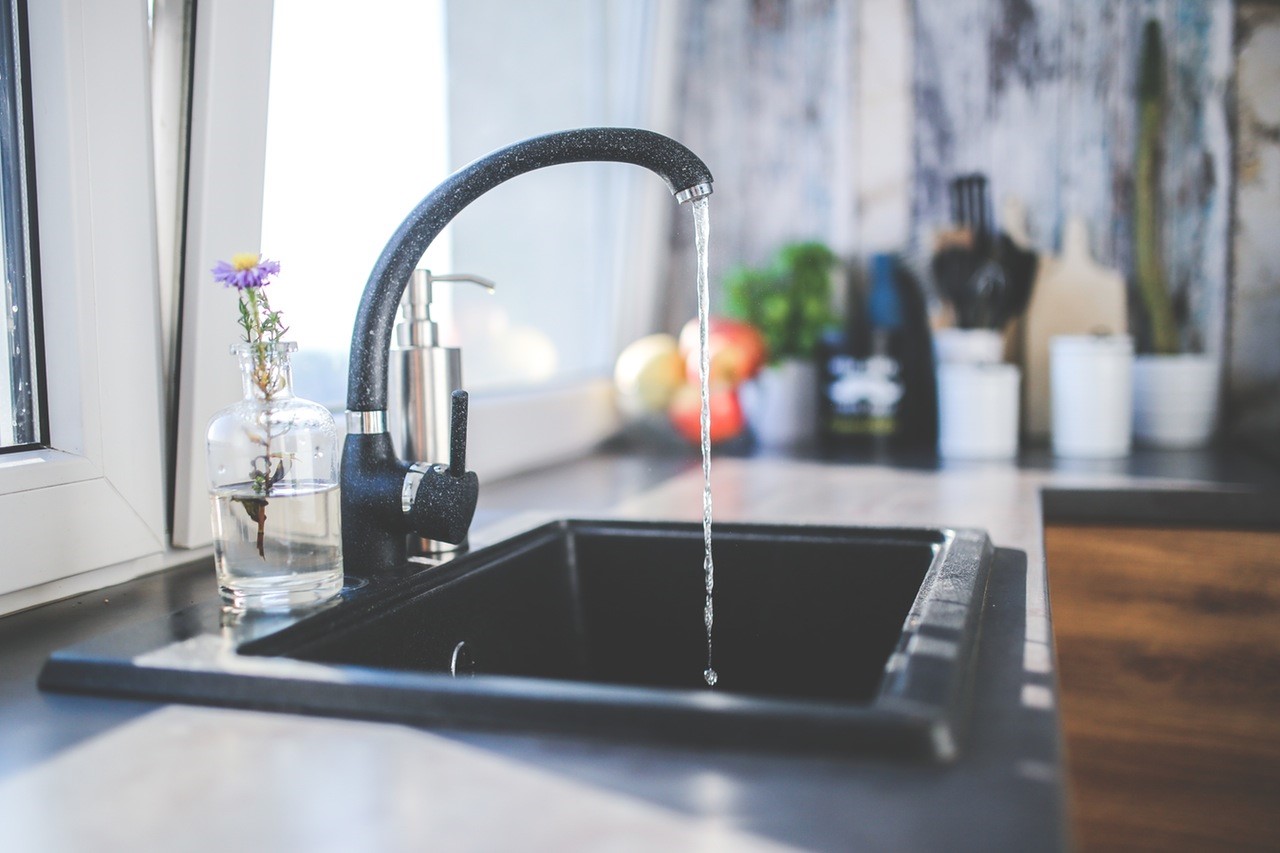Posted by Floralyn Teodoro on Jan 22nd 2017
The Different Water Pollutants You Need to Be Aware Of
Are you sure the water flowing from your tap is clean and safe for your family? There are different water pollutants and contaminants that cause serious health concerns you need to be aware of.

Besides the water crisis in Flint, Michigan last year, other incidents of water contamination made it to the headlines. A few of the alarming water pollution news items in various media outlets in 2016 include:
- Natural Resources Defense Council (NRDC)’s reporting of 18 million+ Americans getting water from water systems with lead violations (via NRDC),
- Unsafe levels of toxic and industrial chemicals present in the drinking water of more than six million Americans (via Fox News),
- Elevated levels of cyanotoxins in the Scofield Reservoir and Price River which sicken humans and kill the livestock in South Utah (via The Salt Lake Tribune),
Truly, water pollution is still prevalent and will continue to pose harm to us humans and our environment if we don’t become proactive in finding solutions to this serious problem. So, to start the fight against water pollution, here are a few of the water pollutants we should all be aware of:
- E. coli or Escherichia coli is a large and diverse group of pathogens often found in animal wastes and manure, intestines of animals, and the environment. If your home is near a dairy factory farm, animal feeding area, or a manure fertilizer facility, you must do extra precautionary measures to make sure your water is safe from E. coli contamination.
E. coli, especially those that come from cow manure, can cause serious health issues such as dysentery or severe diarrhea, stomach cramps, fever, and vomiting. This pathogen can also result in urinary tract infections, pneumonia, and respiratory problems.
Last year in Kewaunee County, Wisconsin, about 30% of the tested wells were found contaminated with unsafe levels of E. coli caused by animal wastes from the neighboring dairy factory farms.
- Nitrates are generally beneficial to aquatic plants serving as their major source of nitrogen to live. However, increased levels of nitrates can cause stress and death to fishes and aquatic insects. High concentrations of nitrates in water can also lead to excessive growth of plants and algae causing an unhealthy and unstable amount of dissolved oxygen.
Although nitrates are naturally found in soil and water, excess levels can be considered as ground and water contaminants. Unsafe levels of nitrates are often caused by animal wastes, industrial pollution, untreated sewers, leaking septic systems, and agricultural activities and operations.
Because of the high solubility of nitrates, they easily dissolve in water. They are also odorless and colorless, and can only be traced using special tests. Nitrate-contaminated water can “blue baby syndrome” in infants. This pollutant can also increase a person’s risk of getting ovarian, bladder, and thyroid cancer and other health problems.
- PFASs or Polyfluoroalkyl and Perfluoroalkyl substances are a class of industrial or man-made chemicals not naturally found in the environment. Although PFASs are considered toxic, they are freely used and released to the environment by the production of different products such as cookware, upholstery, food packaging, electronics, and more.
Although some manufacturing companies already discontinued the use of PFASs in their productions, the consequences are still persistent and widespread all across the globe. More than that, these PFASs travel long distances through air and impact people even when they are emitted from manufacturing facilities that are thousands of miles away.
13 states across the US have been detected to have unsafe levels of PFASs in their water supplies, according to a study led by researchers from Harvard T.H. Chan School of Public Health and SEAS. This exposure to PFASs can result in serious health conditions such as cancers, high cholesterol, obesity, and hormone disruption and imbalances.
- Perchlorate, a naturally occurring chemical anion in Southwest US’s arid states, Chile’s nitrate fertilizer deposits, and US and Canada’s potash ore. It is often manufactured as an industrial chemical in explosives, fireworks, matches, munitions, and road signal flares. On February 2011, the Environmental Protection Agency determined it as a contaminant.
Perchlorate has also been found in food and some public drinking water systems lately. Like nitrates, this toxin is also highly soluble and dissolve sin water easily. Exposure to perchlorate through drinking contaminated water can disrupt the thyroid gland’s normal function by interfering with the body’s ability to absorb iodine in both children and adults.
Heating or boiling cannot remove perchlorates in water. They can only be treated and removed through the employment of advanced water treatment technologies. If you happen to be served by a public water system, you can contact their local supplier for more information to make sure you’re drinking water is safe from perchlorate.
At CWR Environmental our Water Quality experts will design a custom Total Home Filtration Plan that will address your water purification needs. Our Water Quality Specialist will discuss all of the individual options, including system components, plumbing requirements and ongoing maintenance. Feel safe knowing that every drop of water that you and your family consumes or bathes in, will be purified to the highest level.

